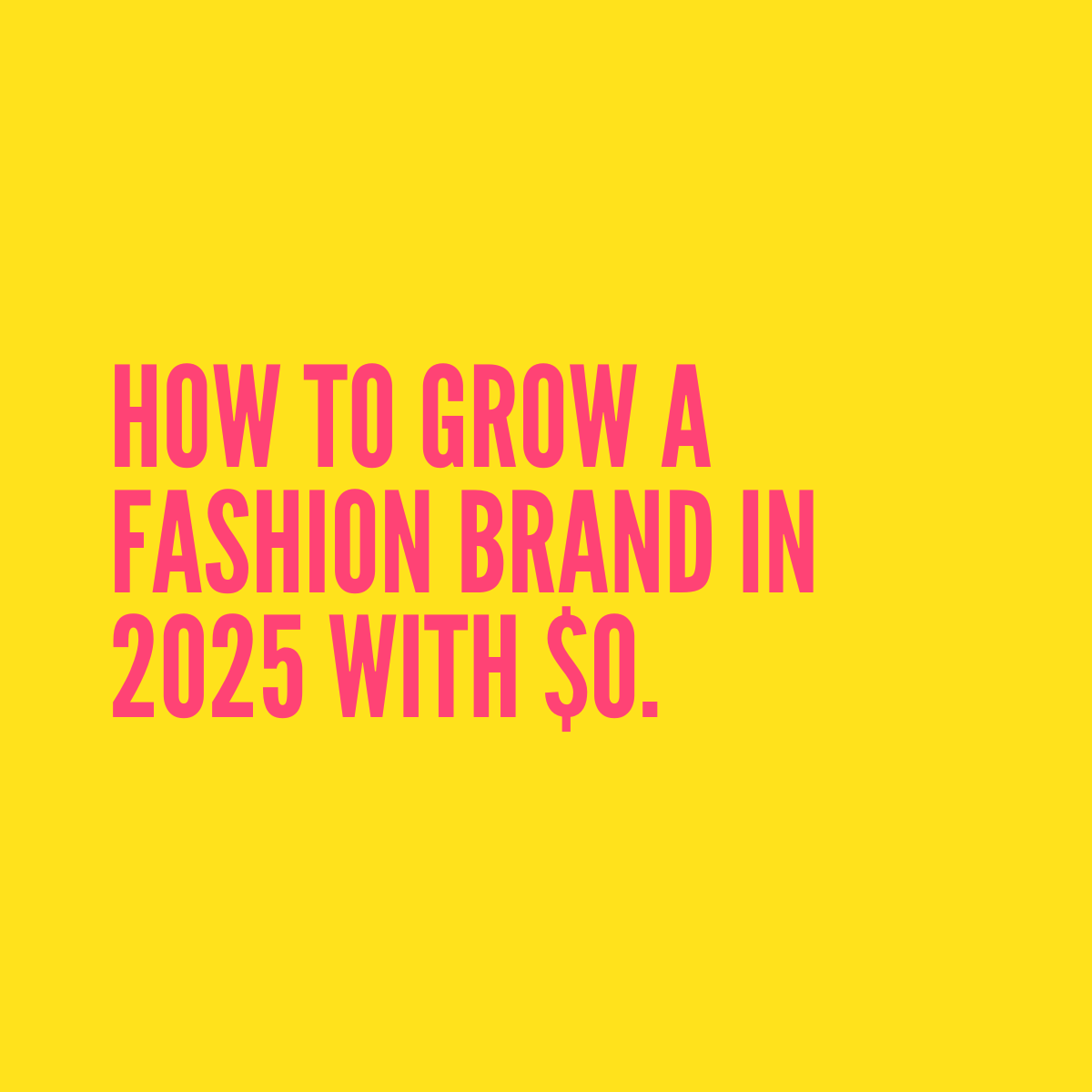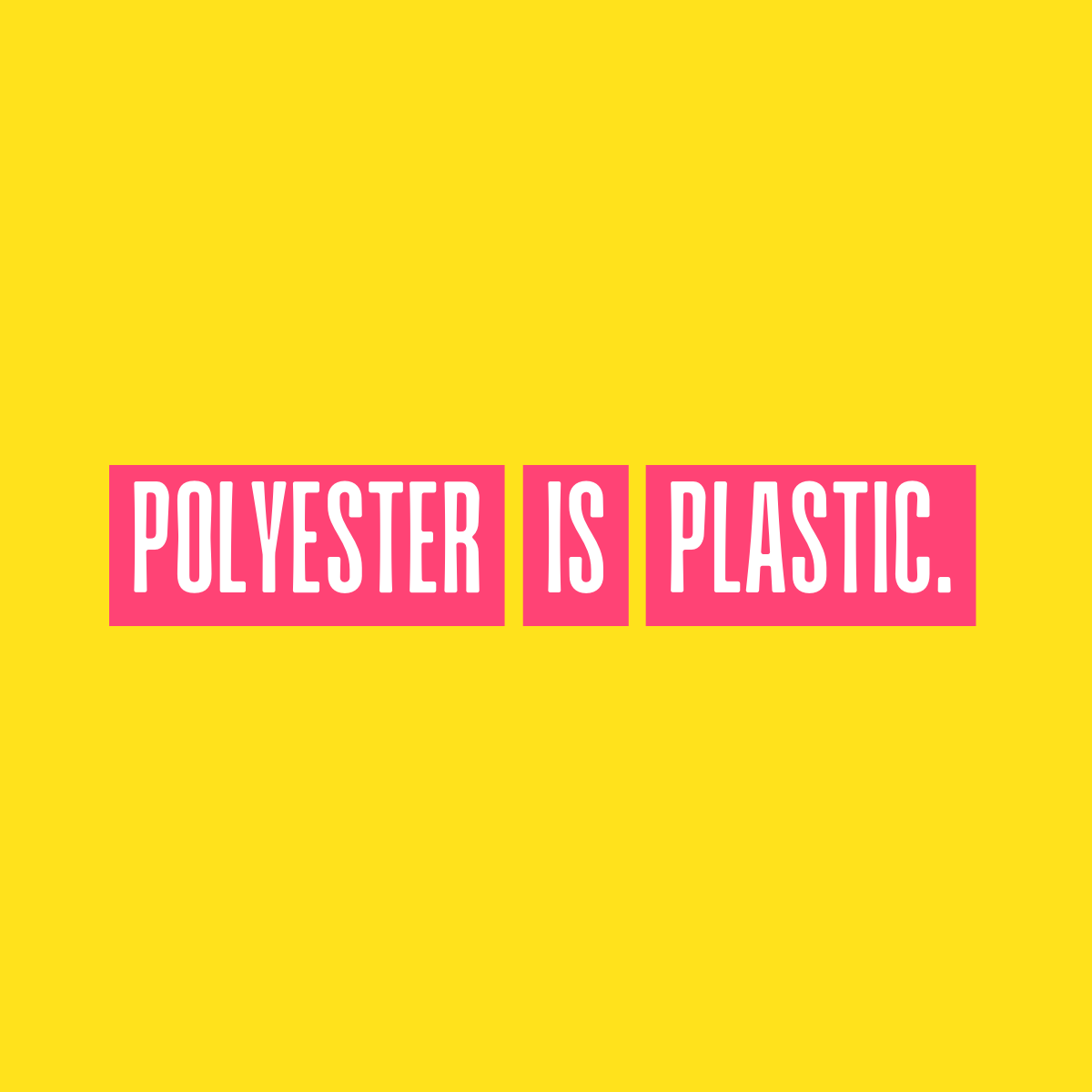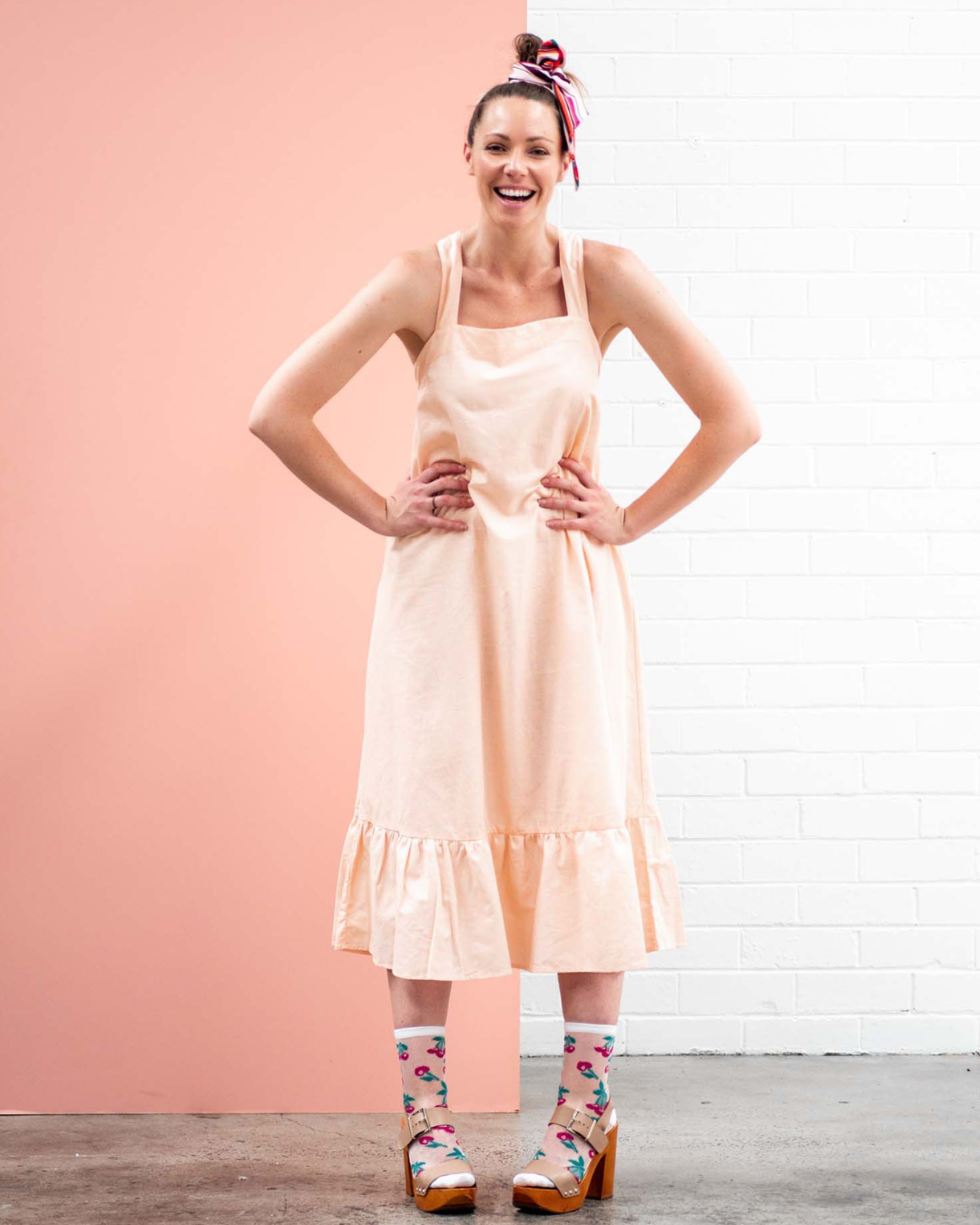Let me start with this: I get it. It’s so easy to fall into the Shein trap. I've window-shopped online to see what it's all about. I've looked at $10 dresses and felt the rush of the bargain hunt. The prices are so cheap. And everything shows up at your door within the week. It's cheap, it's convenient, it's easy.
But after being in the ethical and sustainable fashion space for nearly 20 years, and knowing the truth behind those $6 tops and $12 dresses, I could never shop at Shein.
Fast fashion in general is a problem, but Shein takes it to a whole new level—and not in a good way.
Shein sucks, and it’s time we stop pretending there's nothing wrong with it. Here's why...
1. The real human impact.
When you buy a $5 shirt, you’ve got to wonder—who actually made this, and how much were they paid?
A 2024 undercover BBC investigation found that Shein factory workers in China were earning as little as $1 AUD per item, working 17-hour shifts with barely one day off a month. One woman reportedly sewed 500 pieces a day. That’s not just exploitation—it’s abuse. I got goosebumps reading the report and goosebumps again when I wrote this sentence. A human being is doing the best she can with the resources she has to support her family with very few options—and the Western world is taking advantage of it.
And it doesn’t end there. According to a Guardian article from August 2024, Shein’s supply chain is linked to child labour and hazardous working conditions, with little to no oversight, auditing or regulation checks. The company claims to have 'strict codes of conduct,' but the reality is, they work with thousands of suppliers and don’t seem to be keeping track of much—except profit.
This isn’t just a distant problem happening 'somewhere else.' These are real people—mostly women and children—working in appalling conditions so we can buy a top we’ll wear once.
2. The real environmental impact.
Fast fashion is fast because it’s disposable. It’s made to fall apart, to be worn a few times, and to be tossed. Shein churns out 10,000 new styles per day. Think about that. That’s more than the average fashion brand releases in a year—several years sometimes.
Most of Shein’s clothing is made from polyester, a plastic-based fibre that never biodegrades or decomposes. It sits in landfill for hundreds of years, leaching microplastics into the environment and polluting waterways.
One estimate from the Ellen MacArthur Foundation shows that a garbage truck of textiles is landfilled or incinerated every second globally—and brands like Shein are fuelling that fire.
Then there’s the shipping. Shein pieces are often individually wrapped in plastic and shipped internationally in another plastic outer layer, piling up a huge carbon footprint with every single order.
And how many Shein purchases do their customers actually love? Not many. It’s the 'cheap' psychology that gets most customers. Because it’s faceless, fast and easy fashion, so we don’t value it. We’re not emotionally connected to that $7 dress, so when it rips or the trend dies (which it will, in about two weeks), we throw it out. Contrast that with buying one beautiful, ethically made piece from a designer you love—you care for it, you treasure it, and it lasts. And if/when you fall out of love with it, you'll probably resell it into the circular fashion system or donate it instead of throwing it into the bin.
3. The real health impact.
It’s not just bad for the workers or the planet—Shein garments might actually be bad for you too.
A recent study by Greenpeace and highlighted by Elle Australia in March 2024 found that some Shein items contained toxic chemicals, including lead, phthalates, and formaldehyde, in levels that exceed EU safety limits. These are chemicals linked to hormonal disruption, skin reactions, cancer and even organ damage.
Wearing polyester (Shein’s favourite fabric) means microplastics shed with every wash and wear, which not only pollutes waterways but may also end up in your bloodstream. Yes, when you wear polyester, your body absorbs the chemicals, pause to think about that for a second. Scientists are still uncovering what that means for our long-term health, but studies are already proving the problems.
So what’s the solution?
No judgement here—I’ve bought cheap fashion in the past. I shopped at Supré in my early twenties. We all have. But knowledge is power. The more I learn, the harder it becomes to support companies like Shein that treat people, the planet, and even customers like disposable parts of a profit machine.
Here’s what I try to do now...
- Buy less, choose well. Invest in pieces I actually love.
- Support independent designers and ethical brands. They often have small collections, pay their workers fairly, and use natural or recycled fabrics.
- Rewear. Restyle. Repair.
- Buy second-hand, op shop or swap clothes with friends—because fashion can be fun and sustainable when you get creative.
It’s not about being perfect. It’s about making more conscious choices, wherever we can. And when enough of us stop buying from brands like Shein, they’ll have no choice but to change—or fade out entirely. That's my pipe dream.
Fashion should feel good, not come with a hidden cost.
If you're a slow fashion brand fighting the good fight to make fashion ethically and sustainably, I want to help you do more of that. Join my Slow Fashion Lab here and gain the skills, support and strategies to grow.
Because fashion isn't bad. Fast fashion is bad. Slow fashion is good—and we need more of that.
Claire x




